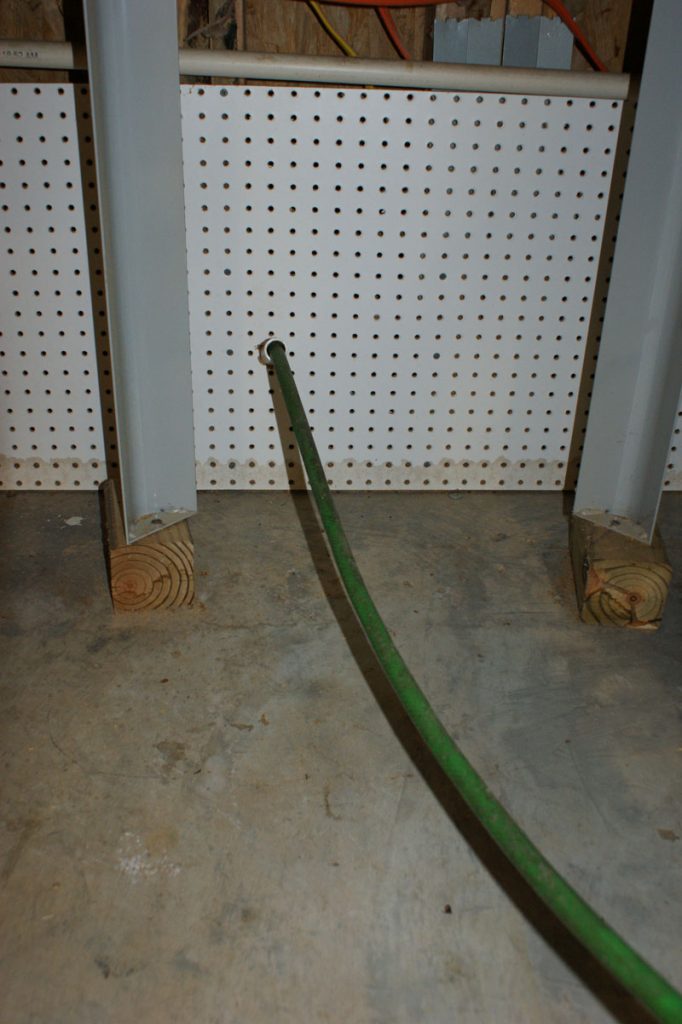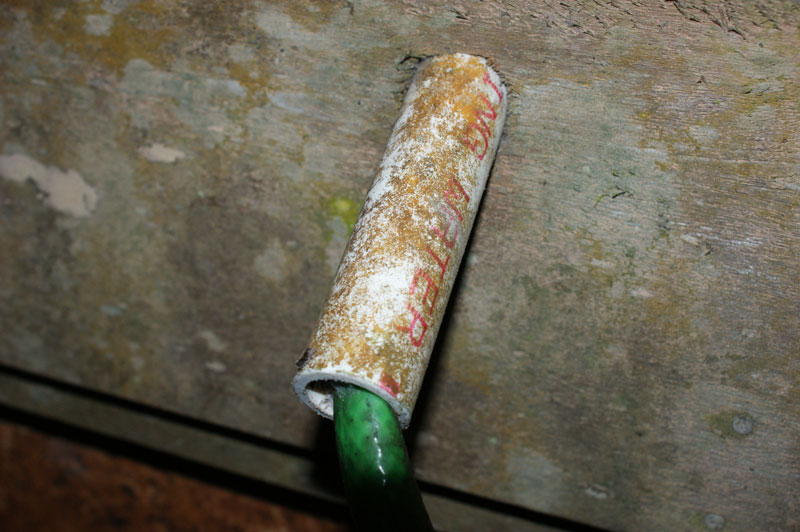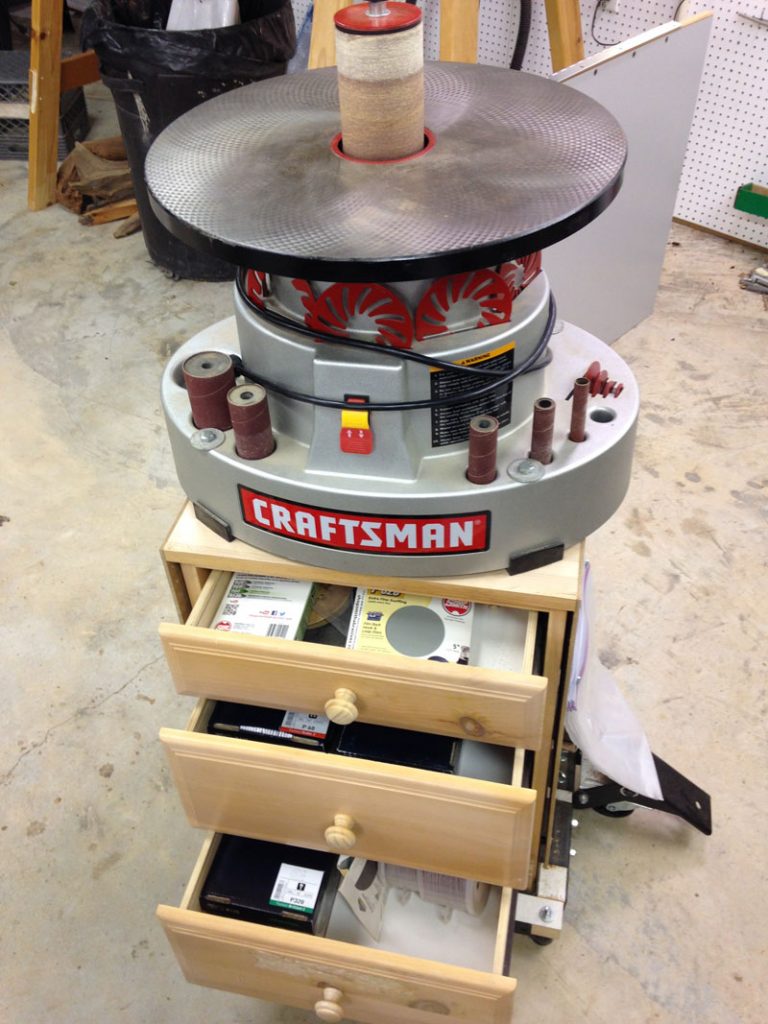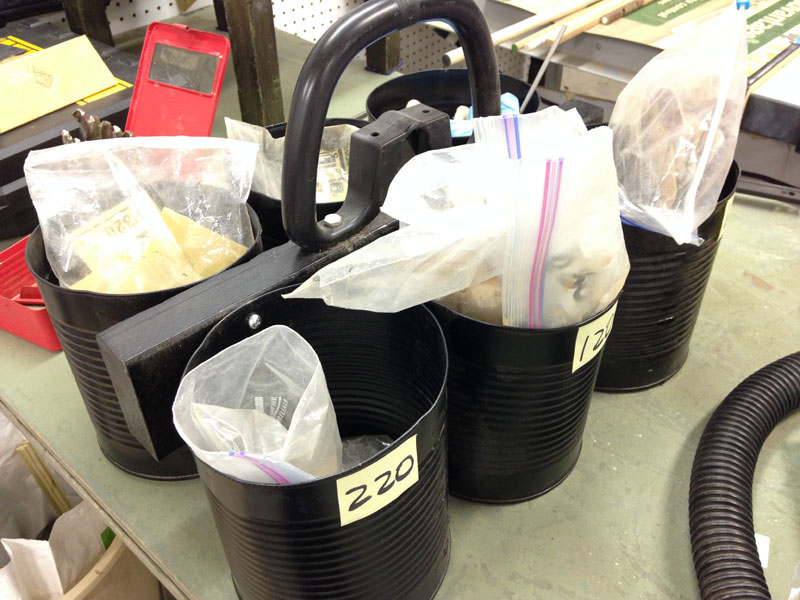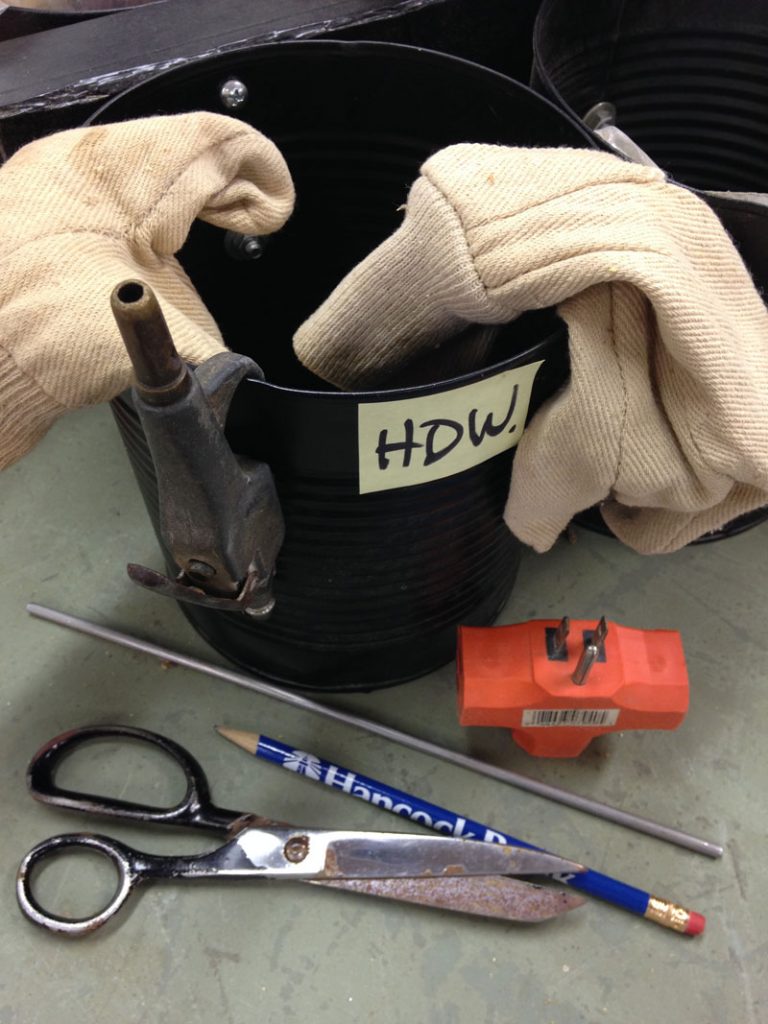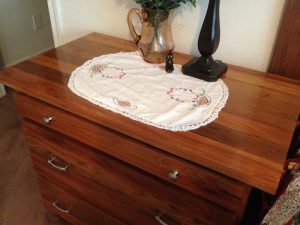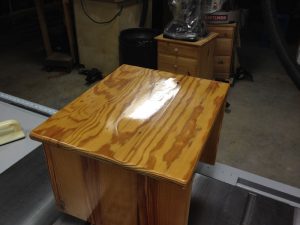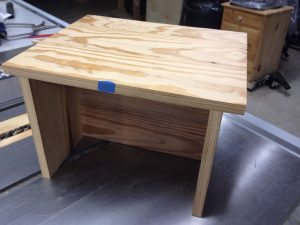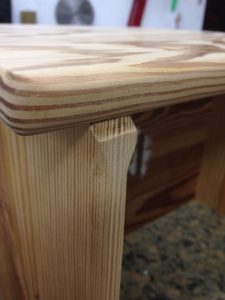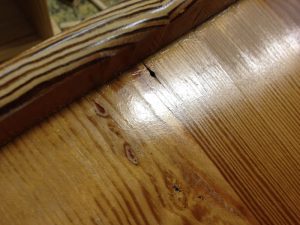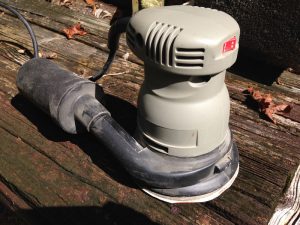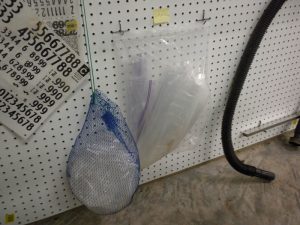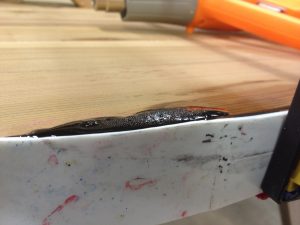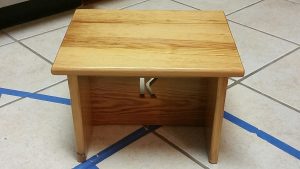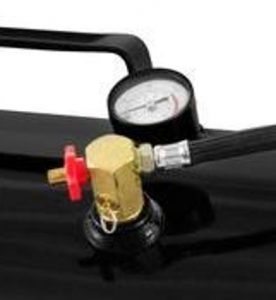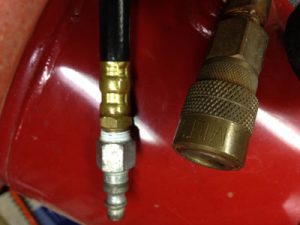When Matt VanDerList of Matt’s Basement Workshop was on the Wood Talk Podcast, he used to get a lot of grief about his use of exotic woods. What constituted “exotic” for Matt? Oak. Pine. Poplar.
That was about as radical as Matt would get.
And, every time he would say something about using those wood species because he was happy with those species, I would give him a virtual fist pump!
I’m an oak kind of guy, too. Red oak is my thing, although I’ve published reports on cedar and redwood projects before.
One of the challenges with oak, and other open-grained woods, is that PVA glue allowed to remain on the surface or, worse yet, soak in, will interfere with the appearance of most finishes. Everyone has his/her favorite technique for removing the glue, and we’d like to know which ones are Highland Woodworkers’ favorites.
Me? I usually go with wet rag wiping. Why? Because in the heat and humidity of deep South Mississippi, glue curing is unpredictable. While I like peeling skinned PVA, I find it difficult to get the timing right. Some days 15 minutes might be just right. Other days, come back in 30 minutes, lift the ribbon of uncured glue and a puddle ensues, spreading the mess even further (at which point I reach for the wet rag). As often as not, I forget to come back and check at 15 or 30 or 45 minutes, and then there’s a massive amount of glue to remove. For me, it’s easier to just clean it right away and be done with it.
Of course, there are those times when wet-cleaning pushes glue into the grain, and you’re still dealing with finish interference. That’s when I pull out the toothbrush.
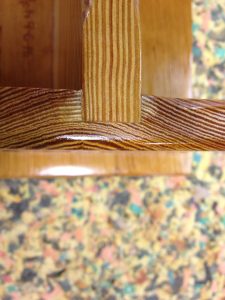
While this is pine, and not oak, it’s an excellent example of PVA glue interfering with the look of polyurethane finish.
Jim Randolph is a veterinarian in Long Beach, Mississippi. His earlier careers as lawn mower, dairy farmer, automobile mechanic, microwave communications electronics instructor and journeyman carpenter all influence his approach to woodworking. His favorite projects are furniture built for his wife, Brenda, and for their children and grandchildren. His and Brenda’s home, nicknamed Sticks-In-The-Mud, is built on pilings (sticks) near the wetlands (mud) on a bayou off Jourdan River. His shop is in the lower level of their home.Questions and comments on woodworking may be written below in the comments section. Questions about pet care should be directed to his blog on pet care, www.MyPetsDoctor.com. We regret that, because of high volume, not all inquiries can be answered personally.


